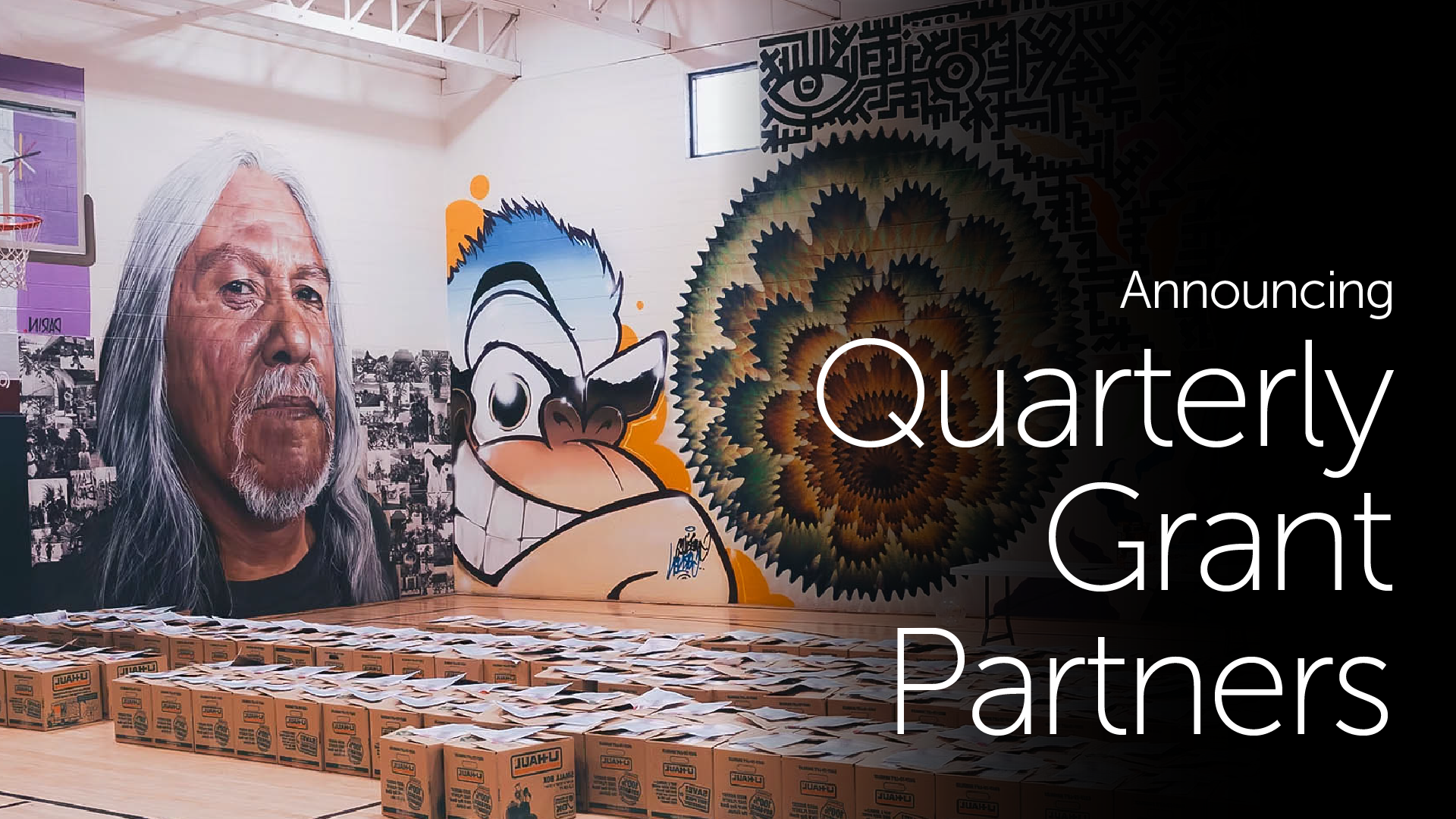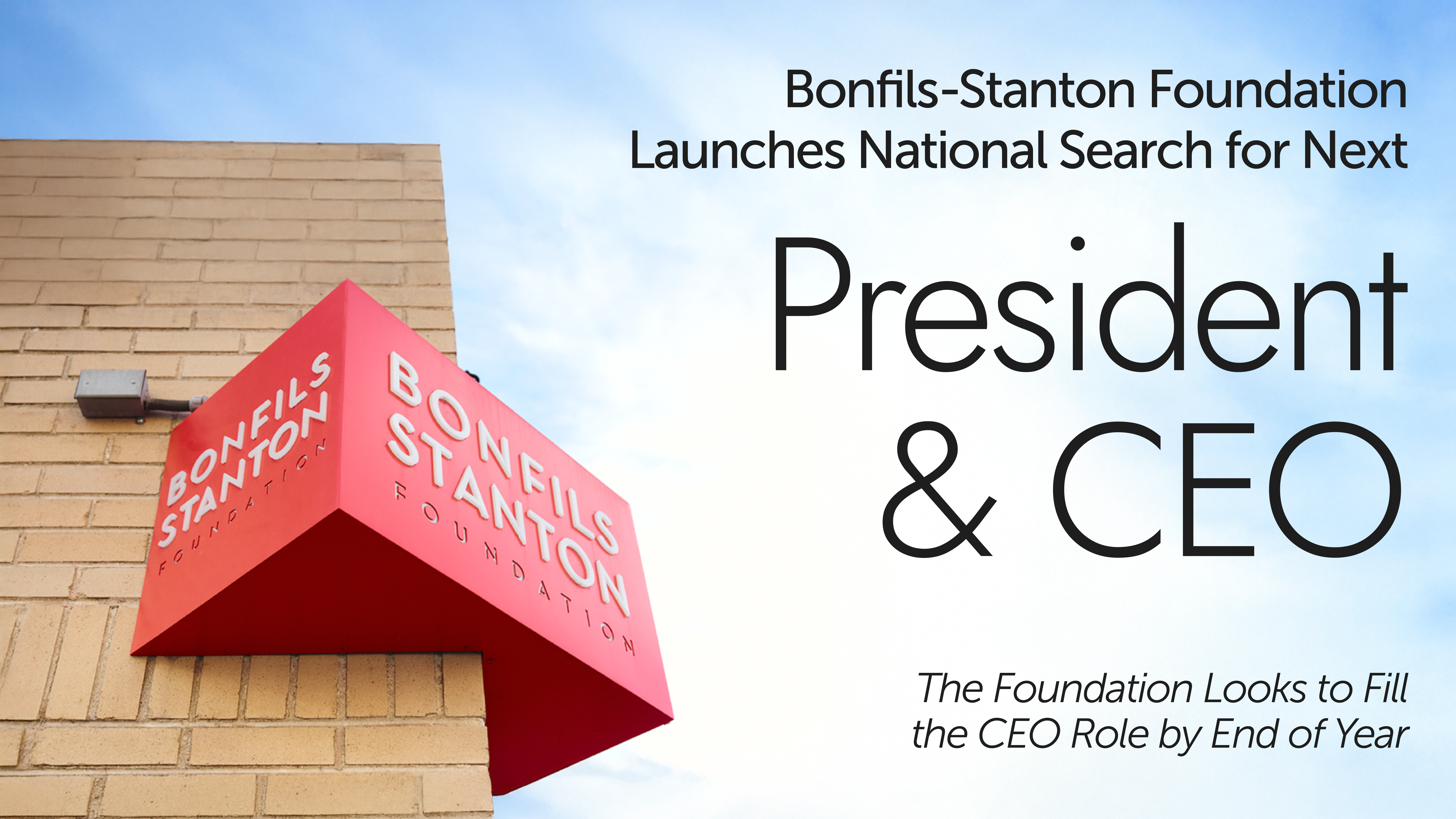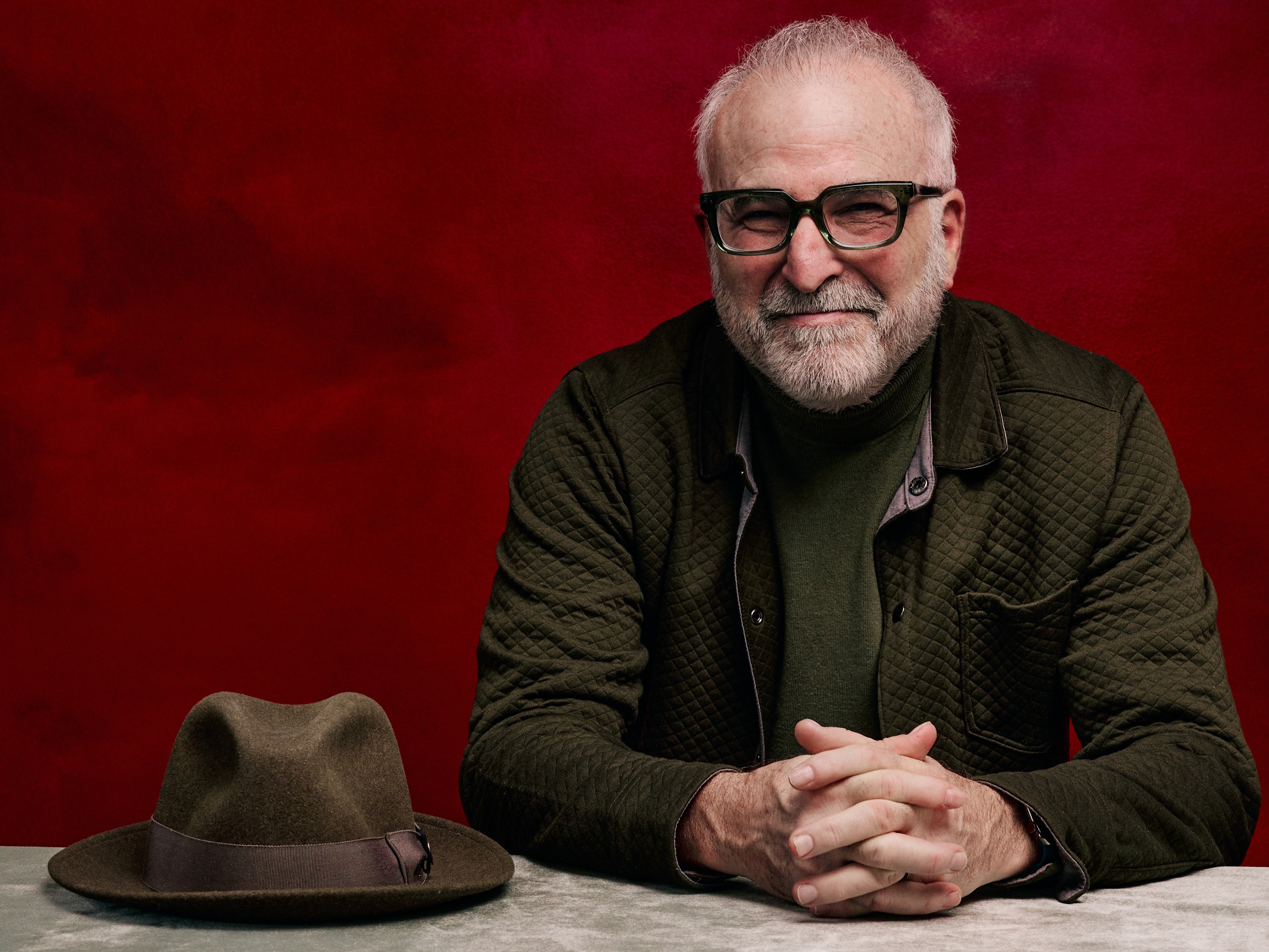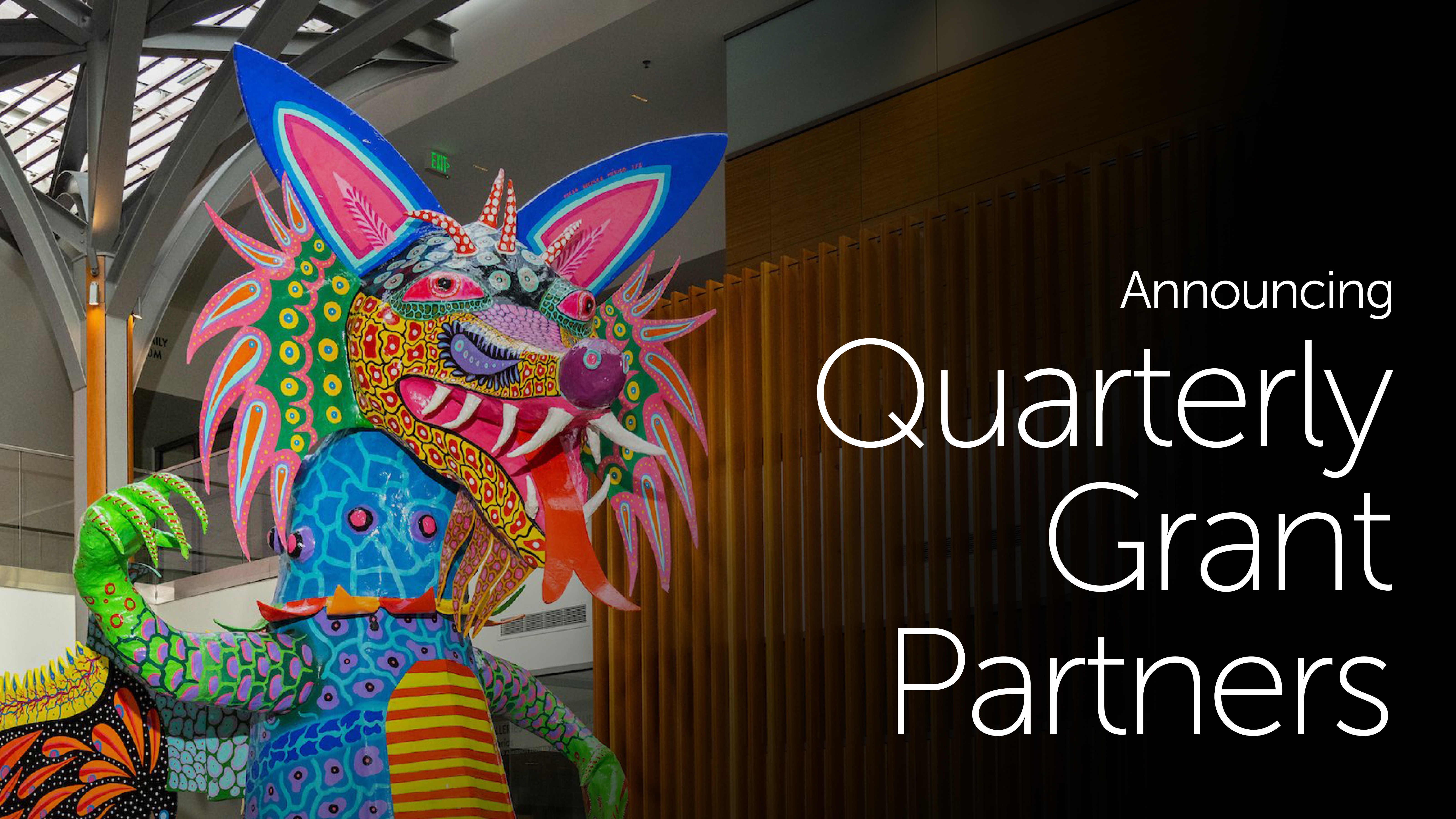Ghosts of a City: How Denver's Housing Crisis is Driving Out its Artists
October 22, 2024
time
Min read time

This article is part 2 in a series. Click here to read Part 1 of "Ghosts of a City" by Manuel Aragon.
Losing the Soul of the City
It’s not just the physical spaces that are changing as a result of Denver’s housing crisis; it’s the people. Denver’s creative community, once a thriving and collaborative ecosystem, is being pushed to the margins. Paul Bindel, a former teacher and current nonprofit professional and artist, shared his experience of staying in Denver: “I came here for a full-time HS teaching job in composition. I was teaching at community college and cobbling other PT jobs together before that. It was a special kind of hard after the recession. I have stayed in Denver for the people and the things we can create together.”
Paul’s experience is shared by many who find solace in the people around them. Denver’s artistic community is still a strong thread for those who stay. Even as the city becomes less affordable, for some, the collaborative spirit of the arts, education, and local culture keeps them grounded. But how long can these cultural assets ward off the tides of gentrification in Denver?
Musician Shawn King, who has been a part of Denver’s music scene for over 25 years as a member of DeVotchka, shares this connection to the people and opportunities that have kept him rooted in the city: “Been here since ‘97 and what keeps me in Denver currently is the people and the opportunities... If our connection to the community hadn’t been on a parallel rise, I could see how we might have gone elsewhere—Los Angeles seemed to check off a lot of the boxes—but over and over things clicked for me and for [my wife].”
Shawn's journey reflects a love for the city, even in its changing landscape. His connection to the Denver music scene, built alongside his work with local venues and studios like Mighty Fine Productions, has made it hard for him to leave. And yet, he can’t help but acknowledge the city's shifting dynamics: “The lack of preservation makes me bummed out here... Developers have trashed about ten of our go-to restaurants since [my son] was born in 2011, newcomers are way more likely to spend their entertainment $$ on a touring band than a local act, and dining culture has outshined much of the spotlight on the local music scene.”
The erosion of Denver's unique identity—the small, family-owned businesses, the local venues that nurtured talent, and the spirit of supporting the arts—is part of the larger loss that so many feel. The city is becoming less recognizable to those who have built their lives here.
And yet, despite these frustrations, Shawn remains optimistic: “I don’t think I can leave Denver now 'cause things are actually getting better in the arts thanks to some great people making things happen despite the influx of [newcomers].” There is still hope, he seems to say, that the city can reclaim some of what it has lost, and that its creative spirit can endure even in the face of Denver’s gentrification and rising costs.
But even as some find reasons to stay, others feel the pull to leave. Lares Feliciano, who recently left Denver, reflected on the loss of community and the toll the city took on her well-being: “I love Denver and always will. And I had to leave for many reasons. Number one was sensory overload and the toll it took on my nervous system. Getting from point A to point B alone could cause a meltdown. I need quiet and slow... I also thought the cost of living was a reason to leave Denver, but inflation is everywhere.”
Lares’ departure is a reminder that, for many, the struggle isn’t just about affordability—it’s about the psychological and emotional toll of living in a city that feels increasingly disconnected from its roots. “I wish we could just enjoy the spaces we're in without constantly thinking about how to make sure those spaces survive,” she said.
Soy Celesté, a poet and artist, who has been in Denver for over a decade, adds: “I originally came out here for college, but what really made me decide on Denver is I had a dream where I felt at peace. I realized what kept me here was threefold: Colorado is where my community is, this is the heart of Turtle Island and where I need to be for my healing journey, and I’ve experienced the most formative years of my young adult life and as an artist here. This month marked 13 years for me."
7 Solutions to Denver's Artist Housing Crisis
The displacement of artists and BIPOC communities is not an inevitable outcome of urban development and gentrification. Across the country, cities facing similar challenges have started to implement creative solutions to protect their most vulnerable residents and preserve the unique cultural ecosystems that give these cities their identity. These solutions are not only necessary but also effective, offering Denver a roadmap to preserve its artistic and cultural landscape.
1. Affordable Housing for Artists and BIPOC Communities
One of the most pressing issues for artists and BIPOC communities in Denver is the lack of affordable housing. As property values and rent continue to rise, many are forced to leave the neighborhoods they’ve called home for decades. However, some cities are actively addressing this crisis through housing programs specifically tailored for artists and low-income residents.
In New York City, the Affordable Real Estate for Artists (AREA) program aimed to provide affordable housing for artists while also offering them studio space. This initiative helps artists live and work in the same neighborhoods where they contribute to the cultural fabric. By partnering with developers and leveraging city-owned properties, New York City has been able to create housing that meets the specific needs of artists who often struggle with fluctuating incomes.
Similarly, Minneapolis has implemented the Affordable Housing Trust Fund, which allocates city funds toward the creation and preservation of affordable housing for low-income residents. Artists and BIPOC communities can benefit from these initiatives, which aim to mitigate the impact of gentrification by ensuring that long-term residents are not priced out. Denver could look to these models to develop its own affordable housing initiatives, ensuring that artists and marginalized communities can continue to live and create within the city.
Colorado already has some precedent for affordable housing programs for creatives. Launched in the late 2010s, the Colorado Creative Industries' Space to Create initiative is focused on developing affordable housing and workspaces for artists throughout the state. This program has already provided a model for rural communities like Trinidad and Ridgway, and a similar initiative in the city could help prevent the displacement of Denver’s creatives.
2. Subsidized Workspaces
Affordable workspaces are critical for sustaining Denver’s vibrant artistic community, as rising commercial rents threaten to displace independent studios, galleries, and performance spaces. One of the most impactful initiatives addressing this issue is RedLine Contemporary Art Center’s satellite studio program, which provides affordable studio spaces for artists in neighborhoods throughout Colorado. This program not only helps artists stay rooted in their communities but also fosters ongoing creative production by reducing the financial strain of high rents.
RedLine’s satellite studios offer subsidized workspaces to emerging and established artists, enabling them to live and work in the state without the constant pressure of being priced out of their neighborhoods. By creating these affordable studio spaces, RedLine ensures that local artists can continue contributing to the cultural landscape, while also nurturing the creative identity of their communities. This initiative also helps prevent the cultural erosion caused by gentrification and displacement.
Additionally, RedLine’s model could be expanded through collaboration with city agencies and private developers to secure long-term studio spaces at below-market rates, similar to efforts seen in cities like San Francisco with their Community Arts Stabilization Trust (CAST). This type of formalized, city-backed program would ensure that cultural hubs in areas such as Five Points, Elyria-Swansea, and Globeville remain accessible to local creatives, fostering an inclusive and dynamic artistic environment in Denver.
3. Career Development Programs for BIPOC Artists
While affordable housing and workspaces are essential, artists—especially BIPOC artists—often struggle with building sustainable careers in a competitive and sometimes exclusionary market. Career development programs that teach artists how to market their work, navigate the business side of the arts, and develop long-term financial stability are crucial for ensuring their success.
In Chicago, the city’s Department of Cultural Affairs and Special Events (DCASE) runs a range of programs designed to support artists from underrepresented communities. These include mentorship programs, business development workshops, and grants for BIPOC artists. Through initiatives like the Individual Artists Program, Chicago has provided financial support to artists of color, enabling them to continue producing work even in the face of economic challenges .
Denver’s cultural agencies and private foundations could collaborate to create similar career development programs for local artists. By offering business training, marketing support, and networking opportunities, these programs would ensure that artists like Sophie Hernandez, who struggle to get their work seen in large spaces, have the tools to succeed in a competitive market.
4. Preservation of Cultural Landmarks and Local Businesses
Gentrification often results in the loss of cultural landmarks, small businesses, and other community institutions that form the backbone of a neighborhood’s identity. Local businesses and cultural venues are frequently replaced by chain stores and luxury developments that cater to a wealthier, often whiter, demographic. However, several cities have found ways to preserve their cultural landmarks through stronger preservation laws and tax incentives for locally owned businesses.
In Los Angeles, the city’s Office of Historic Resources runs the Historic-Cultural Monument (HCM) program, which designates buildings, sites, and neighborhoods of cultural significance as protected landmarks. This program helps preserve important cultural spaces, preventing developers from demolishing them to make way for new construction. In addition, cities like San Francisco and Austin offer tax breaks and financial incentives for small businesses and nonprofits that play a significant role in their communities.
The Denver Landmark Preservation program has recently expanded its protections, helping to preserve historically important sites like La Alma-Lincoln Park, which has deep roots in Denver’s Chicano community.
Denver could build on these efforts by offering financial incentives, such as tax relief and grants, to small businesses and venues that contribute to the city’s cultural identity. This would ensure that long-standing cultural institutions are not lost to time.
5. Inclusionary Zoning and Community Land Trusts
Another potential solution to Denver’s housing crisis lies in inclusionary zoning and community land trusts (CLTs). Inclusionary zoning requires developers to include affordable housing units in new residential developments, ensuring that as the city grows, housing for low-income residents grows with it. Some cities, like Portland, Oregon, have implemented inclusionary zoning policies to address housing shortages and prevent displacement.
Community land trusts are nonprofit organizations that acquire and manage land for the benefit of the community, ensuring that it remains affordable in perpetuity. In cities like Boston, CLTs have been used to develop affordable housing and protect residents from rising property values . By separating the ownership of land from the ownership of housing, CLTs help ensure long-term affordability and prevent displacement. Denver could explore establishing more CLTs in vulnerable neighborhoods, providing a permanent solution to the housing crisis.
6. Public-Private Partnerships
Ultimately, preserving Denver’s creative and cultural heritage will require collaboration between city agencies, private foundations, developers, and the community itself. Public-private partnerships (PPPs) have proven to be an effective way to address gentrification and displacement in other cities. For example, in Seattle, the Office of Arts & Culture launched the Cultural Space Agency, a public development authority that works with private developers to create and preserve affordable cultural spaces. The agency helps secure long-term leases and ownership for arts organizations, ensuring that they have a permanent place in the city.
7. Universal Basic Income for Artists
Guaranteed income programs for artists have emerged across the U.S. to provide financial stability and enable artists to focus on their creative work without worrying about basic needs. These initiatives vary in structure but share the goal of supporting artists as vital contributors to their communities.
One of the most notable programs is Springboard for the Arts' Guaranteed Income for Artists Pilot in Minnesota. Launched in 2021, it supports 75 artists with $500 monthly payments for five years, making it one of the longest-running guaranteed income trials in the country. The program includes rural artists and provides financial counseling, student loan assistance, and housing support. The program recently announced an expansion to this program, adding an additional 50 artists.
Creatives Rebuild New York (CRNY) is one of the largest initiatives, offering $1,000 per month to 2,400 artists for 18 months, along with employment opportunities for 300 artists in community-based projects. Funded with $125 million, CRNY aims to address economic instability in the arts sector, particularly after the COVID-19 pandemic.
In San Francisco, the Yerba Buena Center for the Arts launched a pilot in 2021 that provides 130 artists with $1,000 per month for 18 months. This program emphasizes diversity, particularly supporting artists from underserved communities. Similarly, Cambridge, Massachusetts began its guaranteed income program in 2022, offering 130 local artists $1,000 a month for 18 months to alleviate financial pressures exacerbated by the pandemic.
Providing artists with financial stability through Universal Basic Income (UBI) programs has gained traction across the country. Denver explored this concept during the COVID-19 pandemic. The Denver Artist Relief Fund, offered direct financial support to local artists in need. Expanding such efforts into a more permanent UBI program for BIPOC artists and low-income creatives could ensure long-term economic stability.
These guaranteed income programs offer models for how financial stability can fuel creativity, allowing artists to focus on their work and contributions to society. As they continue to expand, they are being closely studied for their potential to reshape the arts economy and inspire broader policies that support artists across the country.
The Path Forward
Denver is at a critical juncture. The city’s housing crisis and gentrification are pushing artists and BIPOC communities to the margins, threatening to erase the very cultural fabric that makes the city unique. However, by adopting some of the strategies outlined above—affordable housing initiatives, subsidized workspaces, career development programs, preservation laws, and public-private partnerships—Denver can protect its creative community from being displaced.
The key is recognizing the value of the people and places that contribute to Denver’s identity. By investing in affordable housing, cultural preservations, and supporting local artists, Denver can continue to be a place where creativity, community, and culture thrive. The time to act is now. If we do not protect the spaces that make Denver unique, we risk losing the soul of the city forever.
Manuel Aragon
Manuel Aragon, a distinguished Latinx filmmaker and writer from Denver, illuminates the Northside's vibrant community through his speculative fiction collection, Norteñas, and critically acclaimed web series, Welcome to the Northside. His work, recognized by nominations such as the 2020 PEN/Robert J. Dau Short Story Prize and features on platforms like MTV, showcases a unique blend of storytelling and social commentary.

.png)










.png)








.png)










.jpg)
.png)








